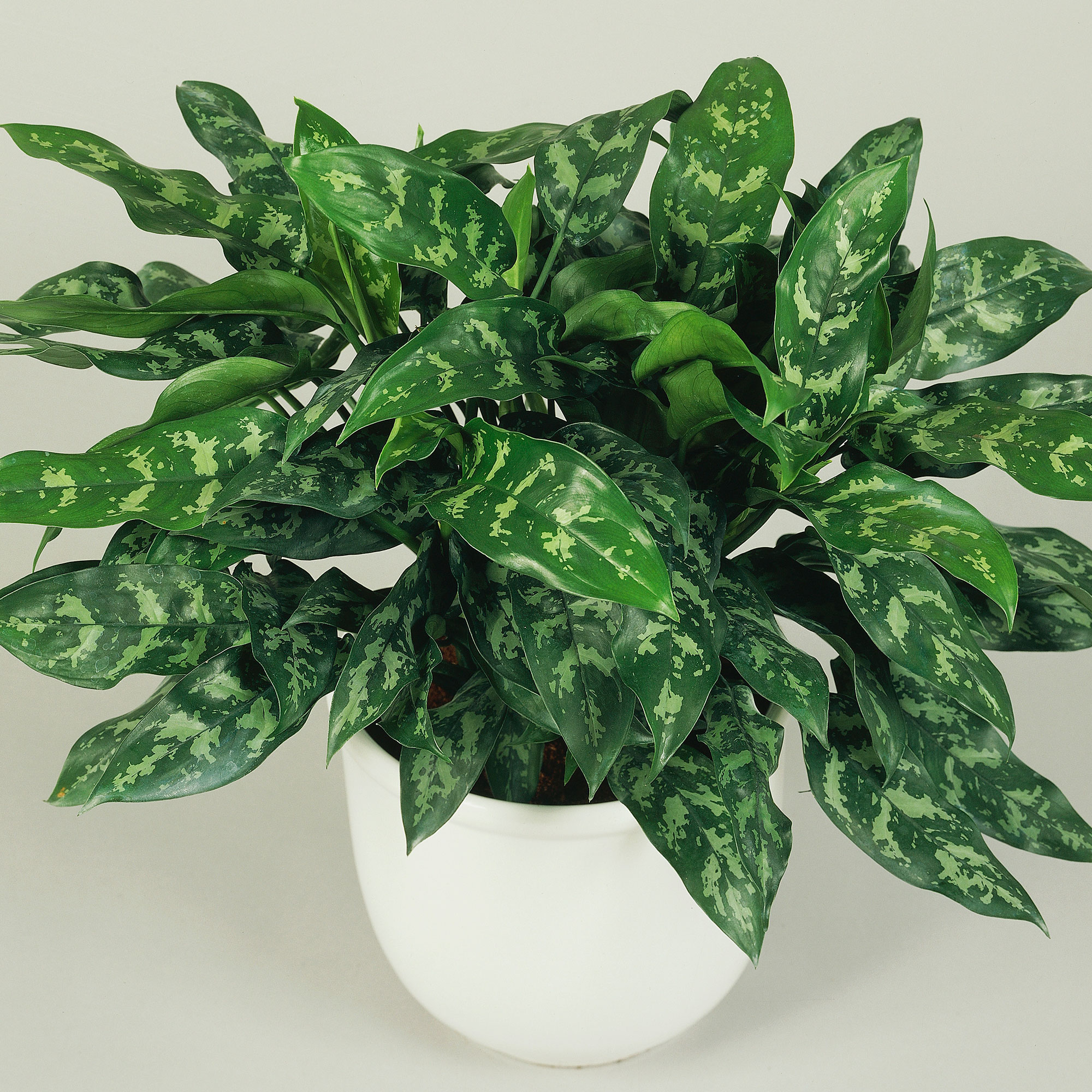5. Repotting: As tropical houseplants grow, they may outgrow their pots and become root-bound. Check the root system periodically and repot your plants into a larger container with fresh potting mix as needed.
 Step 1: Choose the right pot. If you are transferring the plant from another pot, be sure to wash thoroughly and spray the pot’s surface with a microbial inoculant as it may harbor harmful bacteria or disease. Be sure to keep your pot size proportionate to the plant it will house. Too large a pot can lead to root disease and too small a pot will prevent the plant from thriving.
Step 1: Choose the right pot. If you are transferring the plant from another pot, be sure to wash thoroughly and spray the pot’s surface with a microbial inoculant as it may harbor harmful bacteria or disease. Be sure to keep your pot size proportionate to the plant it will house. Too large a pot can lead to root disease and too small a pot will prevent the plant from thriving.
 The trend of bringing the outdoors inside through the use of houseplants has been steadily growing in popularity in recent years. In particular, tropical houseplants have emerged as a popular choice for plant enthusiasts looking to add a touch of vibrancy and exotic beauty to their indoor spaces. These lush and vibrant plants not only add aesthetic appeal to a room but also offer a range of benefits for both physical and mental well-being.
The trend of bringing the outdoors inside through the use of houseplants has been steadily growing in popularity in recent years. In particular, tropical houseplants have emerged as a popular choice for plant enthusiasts looking to add a touch of vibrancy and exotic beauty to their indoor spaces. These lush and vibrant plants not only add aesthetic appeal to a room but also offer a range of benefits for both physical and mental well-being.
1. Light: Most tropical houseplants prefer bright, indirect light, as direct sunlight can scorch their leaves. Place your plants near a south or west-facing window where they can receive plenty of sunlight without being exposed to harsh rays.
When choosing plants for your garden, it is important to consider their size, shape, color, and texture. By selecting a variety of plants that complement each other, you can create a visually interesting and cohesive garden design. It is also important to consider the seasonal interest of plants, as different plants bloom at different times of the year, ensuring that your garden looks beautiful year-round.
Finally, fertilizing your tropical houseplants regularly will help to ensure that they have the nutrients they need to grow and thrive. Use a balanced, water-soluble fertilizer once a month during the growing season, and reduce feeding in the winter when plants are not actively growing. With proper care and attention, your tropical houseplants will reward you with lush foliage, vibrant blooms, and a touch of exotic beauty in your home.
Tropical houseplants are a popular choice for indoor gardening enthusiasts, thanks to their stunning beauty, easy care, and range of benefits for physical and mental wellbeing. From their lush foliage to their vibrant flowers, tropical plants add a touch of exotic beauty to any room, transforming a mundane space into a lush oasis. With their ability to thrive in low light conditions and their air-purifying properties, tropical houseplants are an ideal choice for those looking to bring a touch of the tropics into their home. By following a few key care tips, you can enjoy the beauty and benefits of tropical houseplants year-round, creating a stunning indoor garden that will brighten your space and lift your spirits.
In addition to their air purifying abilities, tropical houseplants can also help to increase humidity levels in your home. Many tropical plants are native to humid environments and require high levels of moisture to thrive. By misting your plants regularly or placing them near a humidifier, you can create a more comfortable and healthy indoor environment, especially during the dry winter months.
5. Fiddle leaf fig (Ficus lyrata): The fiddle leaf fig is a tropical tree with large, violin-shaped leaves that add a touch of drama to any space. This plant requires bright, indirect light and regular watering to thrive indoors, but its striking appearance makes it a popular choice for plant enthusiasts.
Tropical houseplants are a popular choice for indoor gardening enthusiasts, as they bring a touch of exotic beauty and vibrancy to any living space. With their lush foliage, vibrant blooms, and unique shapes, tropical plants can transform a mundane room into a lush oasis. In this article, we will explore the appeal of tropical houseplants, their benefits, and tips for caring for these stunning additions to your home.
Tools and Software for 3D Garden Design:
There are numerous tools and software programs available for 3D garden design, each offering different features and capabilities. Some popular options include SketchUp, AutoCAD, and Vectorworks, all of which are widely used by professionals in the field.
In addition to light, tropical houseplants require regular watering and humidity to thrive. Most tropical plants prefer to be kept consistently moist, but not waterlogged, so be sure to water them when the top inch of soil feels dry to the touch. To increase humidity levels, particularly in drier climates, consider misting your plants regularly or placing them on a tray of pebbles filled with water.
2. Watering: Tropical houseplants require regular watering to stay healthy, but overwatering can lead to root rot and other issues. Check the soil moisture level before watering and allow the top inch of soil to dry out between waterings.
The Evolution of 3D Garden Design:
The use of 3D technology in garden design has evolved significantly over the years, driven by advancements in software and hardware capabilities. Early versions of 3D garden design software were limited in their features and capabilities, making it difficult to create realistic and detailed representations of outdoor spaces.
